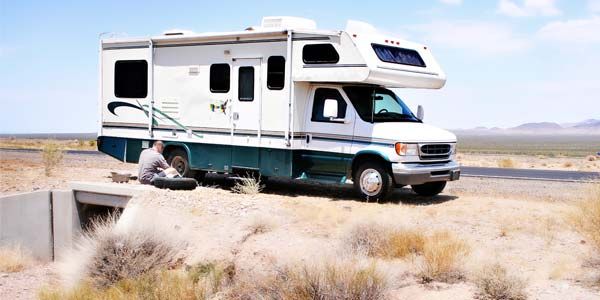Class A motorhomes are comparable to 18-wheeler trucks. They often have towing capacities worth thousands of pounds, the space for four or more passengers, and huge wheels. They’re bigger than Class C motorhomes, which are often categorized as sizeable in-betweeners. Class A motorhomes also far outweigh Class B motorhomes, which are the slimmest and tiniest motorhome class.
If you own a Class A motorhome, you can’t just use any tires for long trips across the open road. When you’re hefting around thousands of pounds, you’ll need heavy, reliable tires that don’t exactly come cheap.
In addition to discussing the price of Class A motorhome tires in this piece, I also plan on delving into which brands sell these tires, changing and storing tires, and basic tire maintenance.
What Is the Average Cost of Class A Motorhome Tires?The average cost of Class A motorhome tires is about $300. Of course, there are many factors that may make these prices fluctuate, such as the brand that sells the tires, the website you’re purchasing from, and of course the quality of the tire.
Like many things, you do get what you pay for with Class A motorhome tires. Cheap tires may do in a pinch, but don’t expect these to last for long. They often have weaker tread widths, smaller section widths, less inflation pressure, and a smaller weight.
For instance, Deerstone D902 tires weigh 37 pounds each and cost $86. Compare that to the Yokohama TY303s, which weigh 99 pounds each and cost $313 per tire.
Here are some preferred brands that sell Class A tires. You’ll see there’s a spectrum of prices, but most stick firmly within the $300 camp:
 5 136M tires: $237
5 136M tires: $237All three classes of RVs have tires that can handle various motorhome weights and sizes. Class A RV tires are meant for vehicles that are 30 to 40 feet and weigh 15,000 to 30,000 pounds. You won’t find bigger tires than these.
Compare those to Class B RV tires. These are smaller and cannot support nearly as much weight. They’re used for motorhomes with a width of 17 to 19 feet that weigh between 6,000 to 8,000 pounds.
If you do need a mid-range option, that would be Class C tires. These can tow 10,000 or 12,000 pounds on vehicles with a width of up to 30 feet.
How Do You Change a Class A Motorhome Tire?Once you’ve chosen your Class A motorhome tires, it’s a good idea to know how to change them.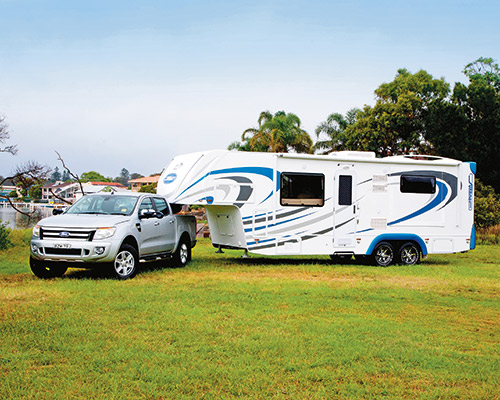 After all, you’re going to have to take off your current tires for these new ones, so here’s the steps you need to follow. These directions also come in handy for replacing a flat tire:
After all, you’re going to have to take off your current tires for these new ones, so here’s the steps you need to follow. These directions also come in handy for replacing a flat tire:
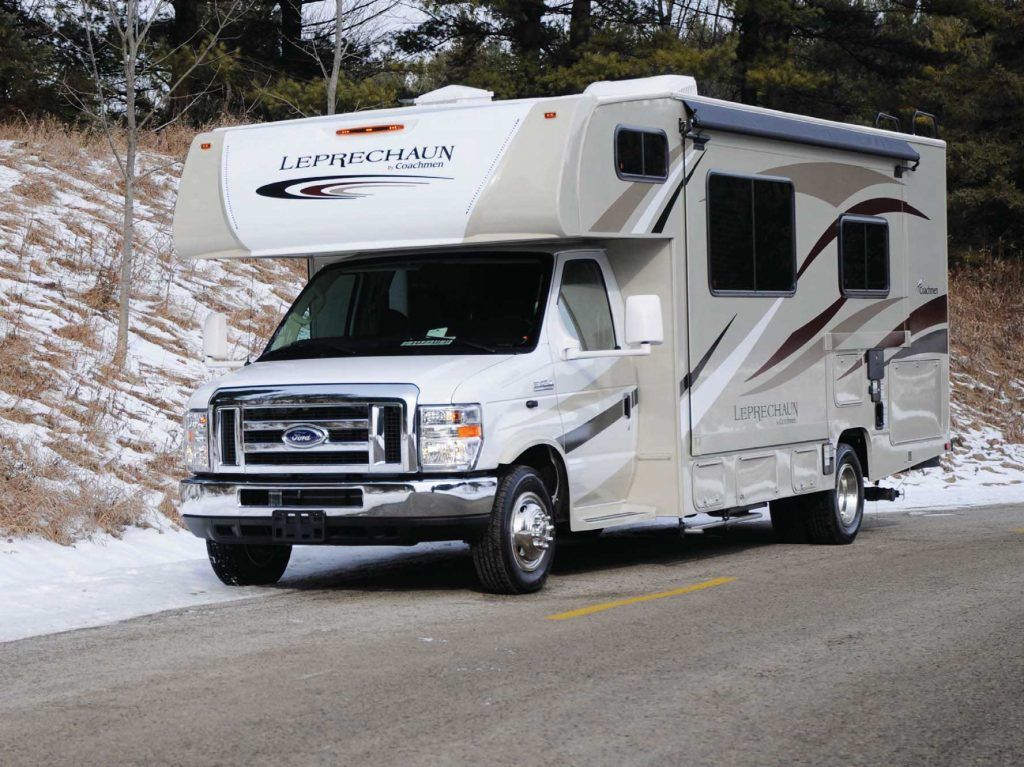 You should be able to give it a spin without issue.
You should be able to give it a spin without issue.It’s that simple. That said, it’s recommended you do this job without getting under the RV. In fact, it’s dangerous to climb under an RV to do any repair work, even if it’s as basic as changing your RV tires. You could be crushed by the weight of the vehicle.
Also, to be on the safe side, only take off RV tires if your emergency brake is set.
Where Can You Store a Spare Class A Tire?If you look around your motorhome, you may not see much room to stash a spare tire. Depending on the RV manufacturer and model, that may very well be the case. Although it was trendy in the 1980s to make the space for a spare tire, today, many manufacturers focus on interior and exterior amenities over spare tire space.
Depending on the RV manufacturer and model, that may very well be the case. Although it was trendy in the 1980s to make the space for a spare tire, today, many manufacturers focus on interior and exterior amenities over spare tire space.
If you can indeed hold a spare Class A tire in your vehicle, more than likely, it will have be partly deflated and unmounted to fit. If you think about it, that makes sense. Let’s go back to the Yokohama Class A tires I mentioned earlier in this article. One of those weighed nearly 100 pounds. It also has a 37-inch diameter, 11-inch section width, and an eight-inch rim width range.
Not only is this tire weighty, then, but it’s a bit of a space-hog, too. Considering most manufacturers sell Class A tires at the same price as the Yokohama tires, you can expect these will have roughly the same specifications.
Essentially, you’d be giving up the space for a spare bed, a bathroom, or even cooking amenities to stash the fully-inflated tire.
Not only that, but every RV has what’s called a Gross Vehicle Weight or GVW.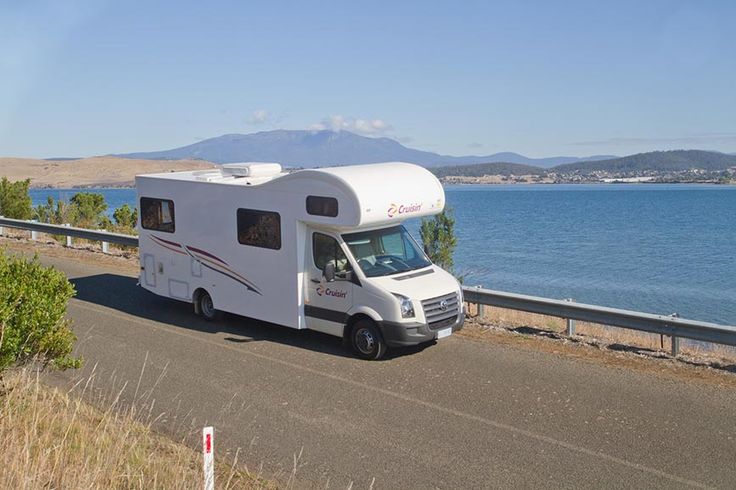 This refers to the max amount of mass or weight the RV can tow. The GVW accounts for the weight of cargo, all passengers, the driver, accessories, fuel, engine fluids, the engine itself, the body of the vehicle, and the chassis.
This refers to the max amount of mass or weight the RV can tow. The GVW accounts for the weight of cargo, all passengers, the driver, accessories, fuel, engine fluids, the engine itself, the body of the vehicle, and the chassis.
It’s an extremely specific measurement, and any extra additions can tip the GVW too far. Yes, that includes a spare tire.
So, in short, if you can stash a spare Class A motorhome tire at all, it’s going to have to be partially deflated for reasons of both space and weight.
What if your RV doesn’t have any room for a spare tire? Don’t worry, as this is very common with today’s motorhome models. You’ll just have to change your tires at home or at an RV park. You won’t be able to do so on-the-go.
If your tire deflates or has any other issues, you may have to get your vehicle towed and the tire replaced by a professional.
Class A Motorhome Tire Maintenance TipsIf you are fortunate enough to have the space to store a Class A spare tire, let’s hope you don’t have to use it in an emergency.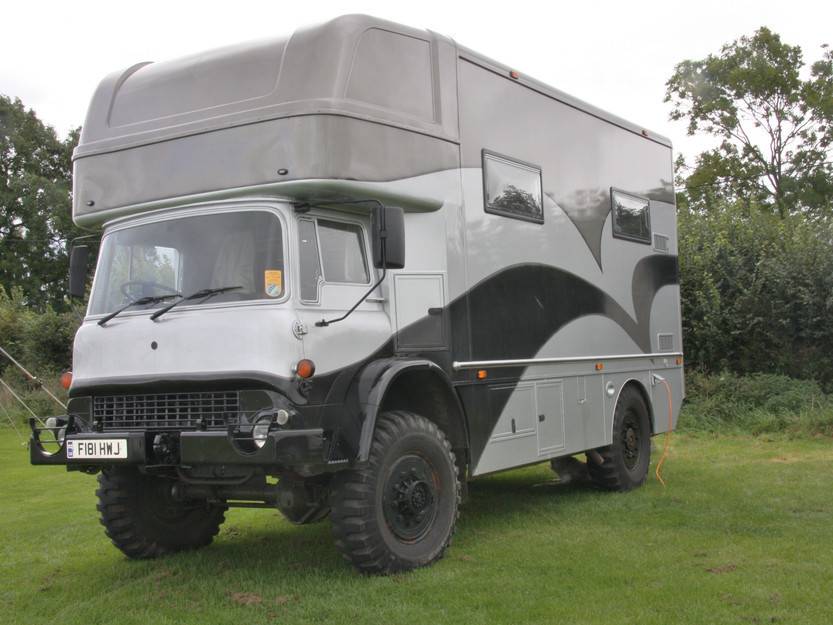
To prevent this, you’ll have to do tire maintenance regularly, just as you do for the rest of your motorhome. This will keep your vehicle’s tires running their best longer. Here are some of my top Class A tire maintenance tips:
If you have any questions or concerns about your tire choice, you should check the manual that came with your motorhome. This will tell you which class tires are best according to your vehicle’s size, sidewall strength, load rating, and its weight.
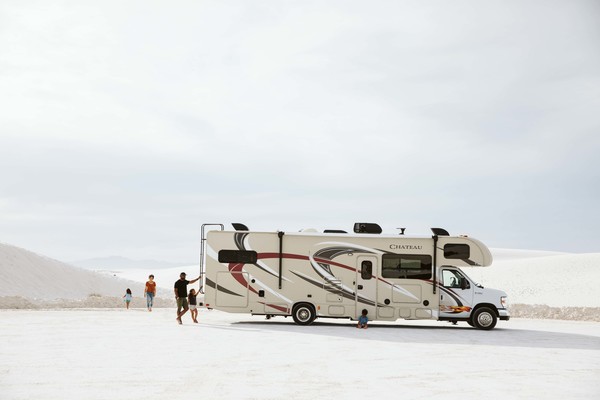 Why? Although you can’t see them, your RV tires are coated in a layer of anti-ozone and antioxidant compounds as well as tire dressing (a type of finish that adds shine) that prolong the life of the tires. When you wash the tires, you get rid of the compounds that keep them looking and working well.
Why? Although you can’t see them, your RV tires are coated in a layer of anti-ozone and antioxidant compounds as well as tire dressing (a type of finish that adds shine) that prolong the life of the tires. When you wash the tires, you get rid of the compounds that keep them looking and working well.All tires that were administered by the National Highway Traffic Safety Administration or NHTSA and the U.S. Department of Transportation or DOT have Tire Identification Numbers. These are known as DOT numbers. They should be three to 13 digits long, with the first few digits representing the week of manufacture and the rest of the digits representing the year. So if your tires had a DOT number of 0215, for example, production occurred in January 2015.
So if your tires had a DOT number of 0215, for example, production occurred in January 2015.
Now, for some vehicles, your DOT number may not be a four-digit code, but only three digits. This is a pretty big indicator it’s time to change out your tires right away, as tires with three DOT numbers were typically produced in the 1990s. Take, for example, 526 as a DOT number. The production date for these tires was the 52nd week of 1996.
The Family Motor Coach Association says motorhome tires have a lifespan of between five and seven years, so if your tires are older than that, it’s time to replace them.
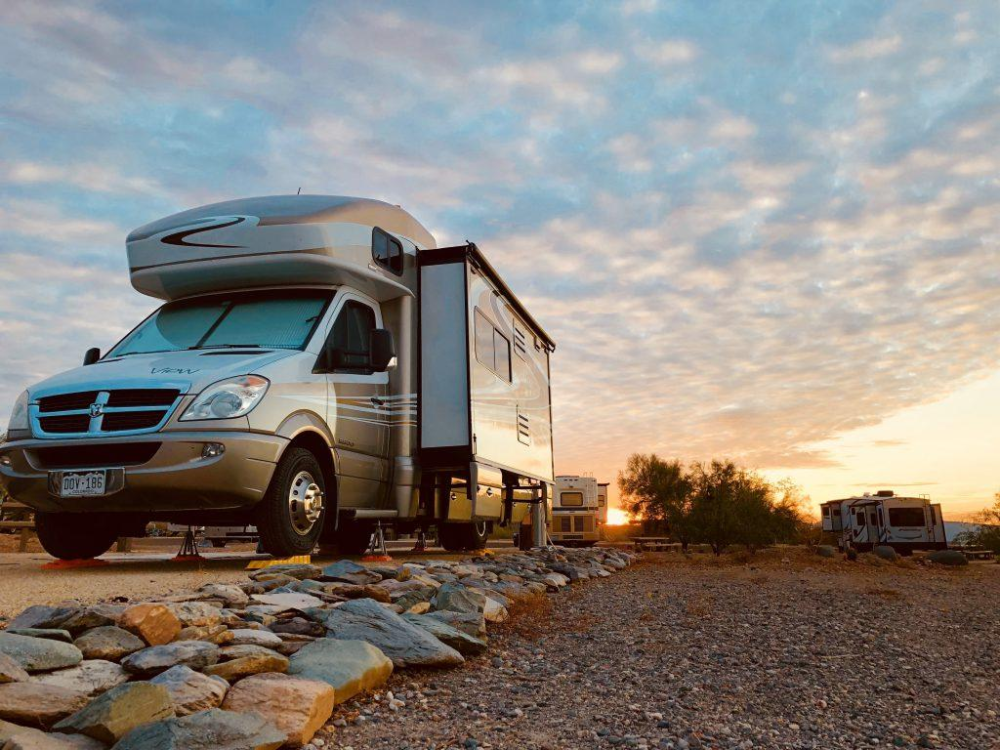
 These are much more compatible with the extension hoses.
These are much more compatible with the extension hoses.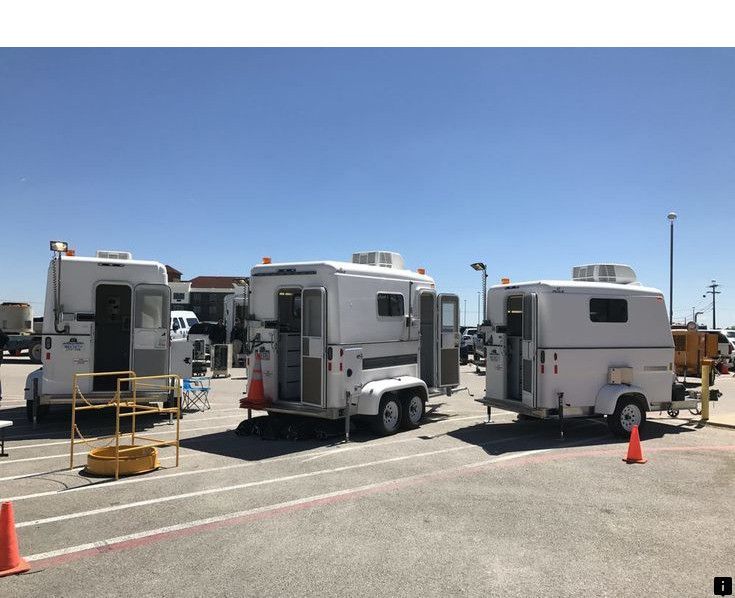
To find these weights, find your vehicle’s data plate. You can also check the manufacturer’s website.
ConclusionClass A motorhome tires are for the biggest and heaviest RV class there is. It’s no wonder then that these tires cost roughly $300 a pop!
Sure, you could find cheaper tires out there, but that doesn’t mean these will last you for very long. Be sure to shop for your tires from well-known brands. If you’re really eager to save money, there are plenty of online retailers out there that might sell RV tires for less. Just make sure these are new and not used!
Although Class A tires are quite sizeable, they’re certainly not indestructible.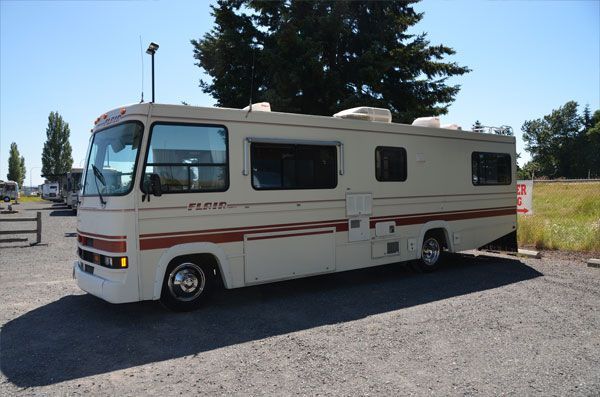 It’s important to perform routine maintenance on your tires, such as testing inflation, rotating the tires, and ensuring you don’t exceed the recommended weight limits of your vehicle.
It’s important to perform routine maintenance on your tires, such as testing inflation, rotating the tires, and ensuring you don’t exceed the recommended weight limits of your vehicle.
You should also know how to change a Class A tire in case of emergency or simply when your current tires are old enough to the point where they need to be replaced.
Now that you know more about Class A tires, you’re ready to get out there and have fun on the road.
[author title=”About the Author” style=”font-family:lato;”]
0 shares
There’s no doubt about it, more and more people throughout the United States and Canada have been embracing the fun adventure of RV travel.
Not only is it a great way to keep your mobile shelter close at hand, but it also allows you to enjoy the comforts of home, even when you might be far away from home.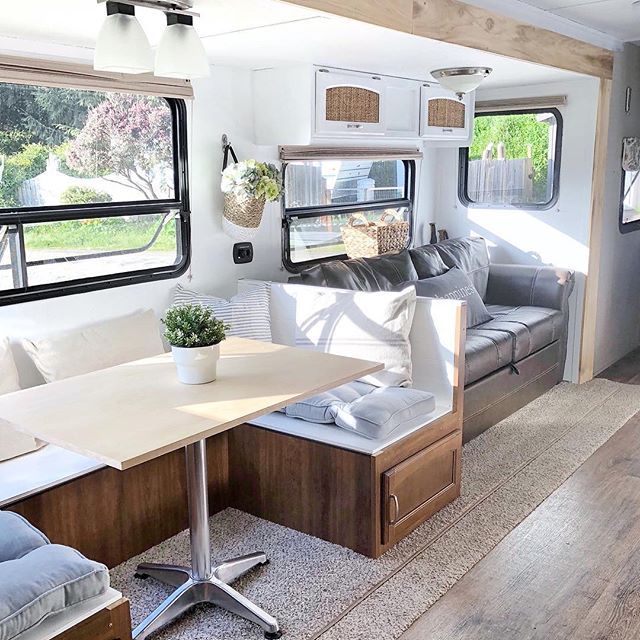
From pop up campers, to travel trailers, fifth-wheel campers to giant Class A motorhomes, and everything in between RV sales are on the rise.
Of course, your budget matters not only in the initial purchase price, and the cost to stay at campgrounds and RV parks, but you also have to factor in the long-term cost of ownership.
One of the things that surprise many RV travelers, by taking an unexpected bite out of their summer travel budget, is the cost of replacement tires.
This is one of those times when a pinch of preparation can prevent a pound of problems when you are on the road.
If you have an RV, or you are thinking about getting an RV, you might be wondering how much does it cost to replace rv tires?
RV replacement tires price vary depending on the size of the RV tires, as well as how well you maintain them over time. Shooting from the hip, you can expect the cost of large Class A motorhome tires to be around $300 per tire.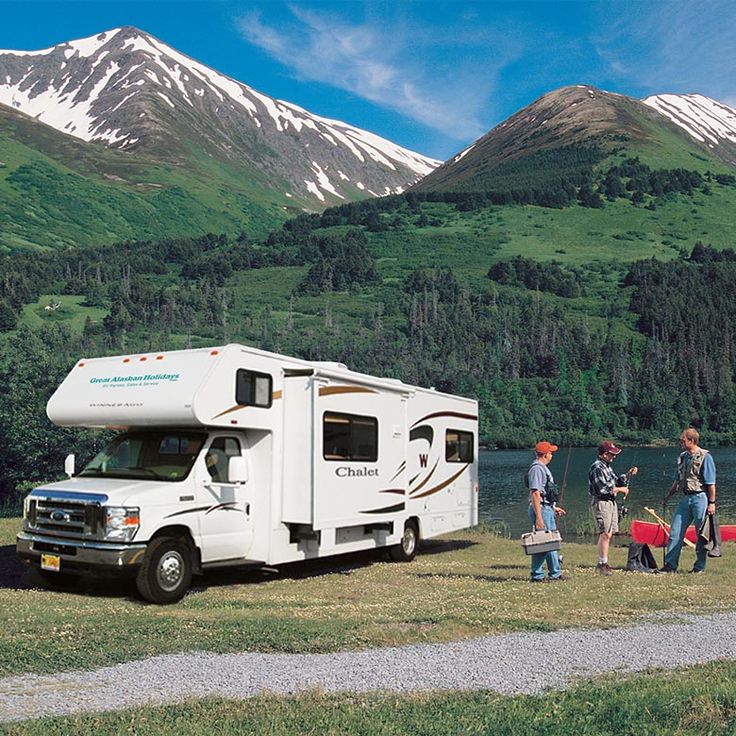 Though there are certain things you can do to prolong the overall life of each tire. In contrast, a small popup camper tire might cost as little as $75 per tire.
Though there are certain things you can do to prolong the overall life of each tire. In contrast, a small popup camper tire might cost as little as $75 per tire.
To really understand the things that influence the price of RV replacement tires, we’ll need to roll up our sleeves and look at things like tire size, tire brands, and the things you can do to make the most out of your RV tire tread life.
As you can imagine, a large Class A motorhome with its multiple large wheels is going to have a higher price per tire than a lightweight popup or a teardrop camper.
Other factors also play into it like how often you rotate the tires on a motorhome, as well as things like making sure they’re at the right tire pressure.
Sitting at the top of the weight range is the Class A motorhome. This is a drive train vehicle that has essentially been married to a large camper.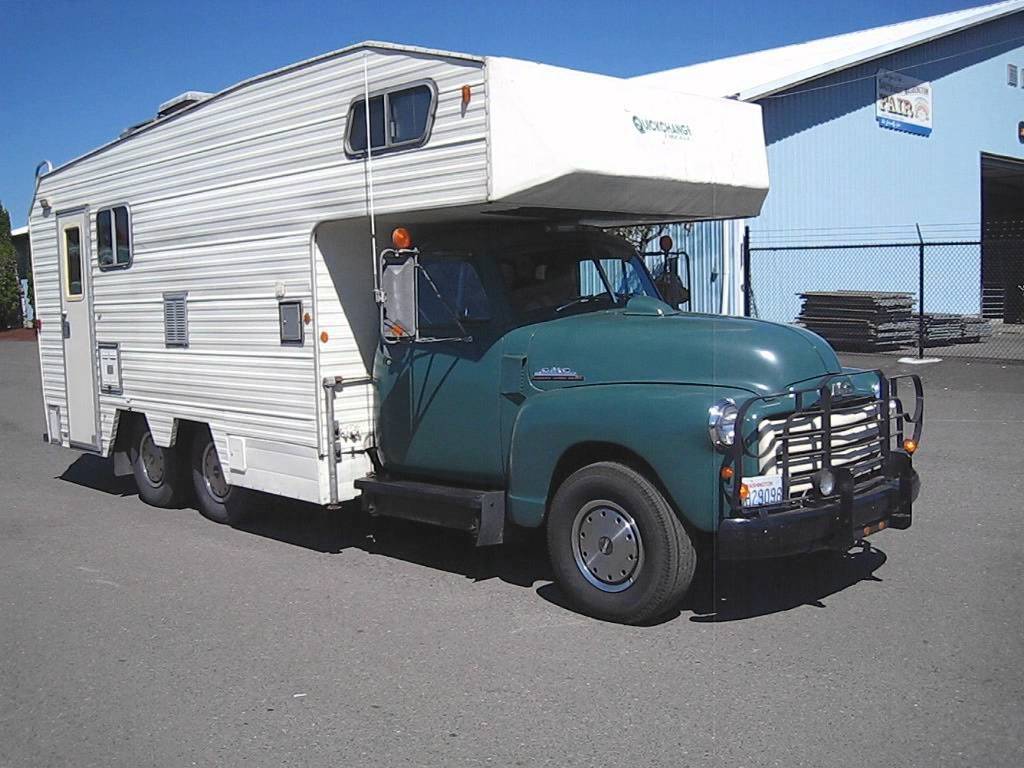
Most Class A motorhomes are over 35 feet long and are extremely heavy. This often calls for dual rear axles and/or dual tires on a rear axle.
All that vulcanized rubber drives up the total price of tire replacements.
Though, if you keep an eye out for sales, you might be able to save money on a deal that reduces the total cost per tire when you buy more than four at one time.
The average cost of a Class A motorhome tire tends to be around $300 to $350 per tire.
As strange as it might seem, there is a fair amount of variety in the Class B motorhome niche.
On the larger end of the spectrum, Class B motorhome tires can cost just as much as Class A motorhome tires in the $300 to $350 range.
Though there are certainly some Class B motorhomes that are a little smaller, and might only have a cost per tire of $200 to $250.
It might be a little counter-intuitive, but some Class C motorhomes are larger than their Class B counterparts.
Here again with these monsters of the road you might be looking at an average cost per tire of around $275 to $300 for a large Class C motorhome.
Fifth-wheel campers reside in a comfortable middle ground. Many have the interior space and creature comforts of a large Class A Motorhome.
Yet fifth-wheel campers can be detached from the tow vehicle pickup truck. It lets you use your tow vehicle to get around and see the sites, without having to completely break camp.
Of course, it also means that fifth-wheel campers bear a payload weight similar to a Class A motorhome, which translates into a cost per tire of around $275 to $350.
Though fifth-wheel tires tend to last longer as they aren’t responsible for applying torque from the tow vehicle’s drive train.
Here again, you have a tow vehicle pickup truck that’s responsible for getting the camper from Point A to Point B.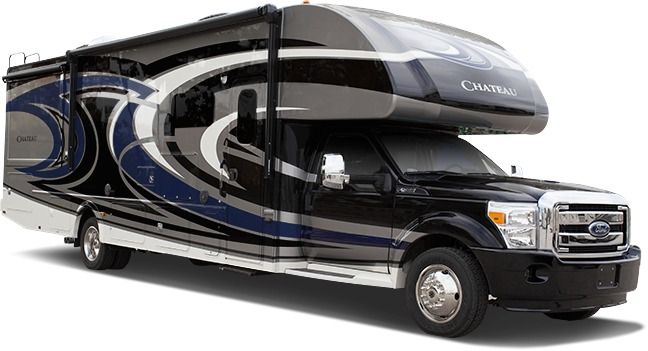
This means that you don’t have to worry about things like tire rotation as the tire tread tends to wear out evenly.
Just be prepared to replace both or all four of the tires at one time. Travel trailer and toy hauler tires can cost as little as $90 per tire on sale, to as much as $200 per tire.
Teardrop campers have long been popular for their lightweight towing and ability to sleep two to three people comfortably.
Since they don’t have to bear as much weight and they don’t need rotation, you can tend to get a lot of life out of teardrop camper tires.
Though when it comes time to replace them, you should do both at the same time. You can expect teardrop camper tires to cost around $90 to $150 per tire.
A lot of popup campers are on par with teardrop campers when it comes to overall towing weight.
Though their ability to expand out for more sleeping space makes them incredibly popular.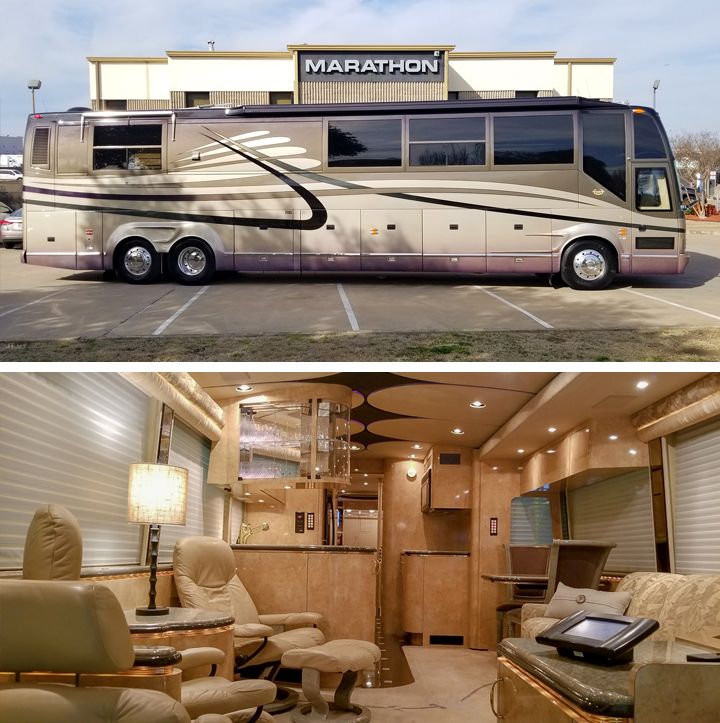 Especially with families that love to travel.
Especially with families that love to travel.
Some popup camper tires are very inexpensive and can be found on sale for as little as $70 per tire.
Though some of the high-end models can end up costing you up to 150 per popup camper tire.
In North America, there are some tried and true tire manufacturers with names that are well-known for a reason.
They’ve been in the marketplace and decades of success have helped them master the tire making process.
This translates into longer overall tread life as well as less risk of a blow out while you’re driving down the road.
This includes names like:
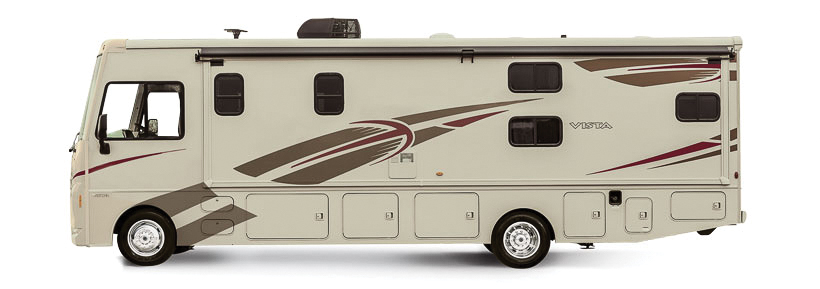 Unfortunately, they tend to be one of the more expensive RV tires. Some cost more than $400 per tire for Class A motorhome tires.
Unfortunately, they tend to be one of the more expensive RV tires. Some cost more than $400 per tire for Class A motorhome tires.Of course, theses aren’t the only RV tire manufacturers worth considering. Though they do tend to be at the top of the list.
Though they do tend to be at the top of the list.
So, if you see an unfamiliar name at a similar price, it’s better to go with either Michelin, Goodyear, Bridgestone, or Road Warrior RV tires
Properly maintaining your RV tires will go a long way toward maximizing their lifespan and reducing the long-term tire replacement costs.
Whether you have a lightweight popup camper or a heavy-duty Class A motorhome, low tire pressure will tend to make the tread wear down rapidly.
If it’s too low you could see catastrophic damage on a single trip. On the other end of the spectrum, incredibly high tire pressure can cause a serious blow out as well as excessive tire tread wear.
If you want to prevent tread wear or any serious damage of tires you should use TPMS (Tire Pressure Monitoring System) for maintaining tires pressure level on your motorhome or travel trailer.
Also when TPMS indicate air pressure drops 25% below the manufacturer’s recommended level, Use portable air compressor To Keep Your RV Tires Inflated without finding a gas stations to use their RV tire inflator.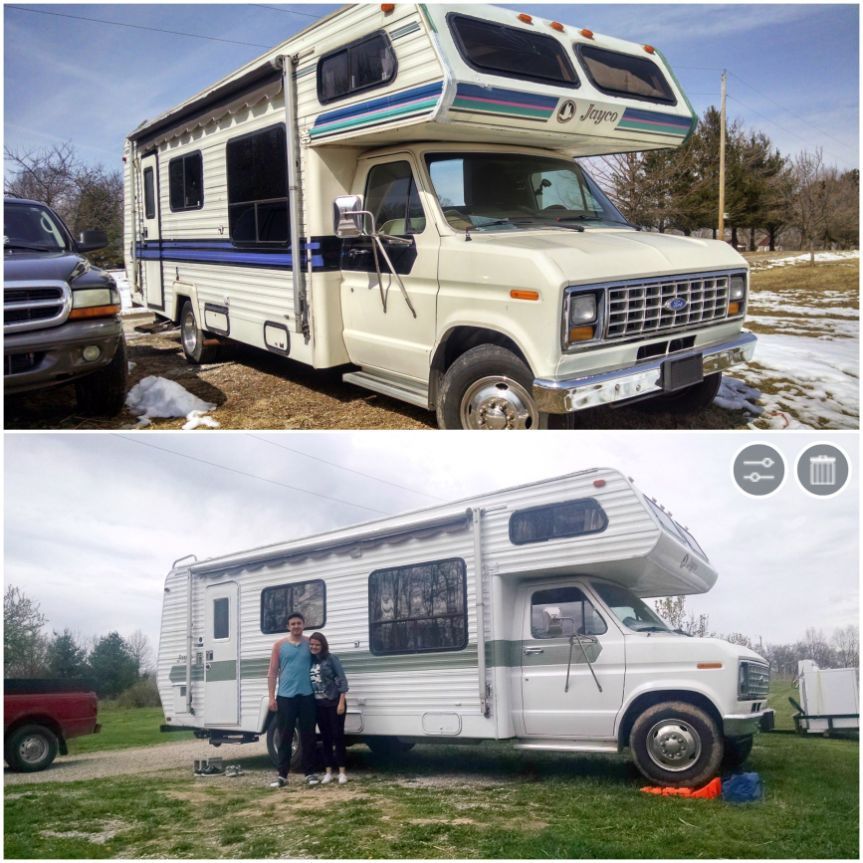
Most motorhomes are rear-wheel drive. This means that the torque produced by the drive train tends to wear out the drive tires 20 to 30% faster than the other tires on the rig.
Rotating them per the manufacturer’s instructions will help prevent excess treadwear, and might extend the time before you need replacement by as much as 25%.
Tires that are allowed to freeze to the earth in the wintertime are far more likely to suffer damage.
Even if the treads aren’t affected tires that are allowed to sink into the soil and freeze are far more likely to see problems in the sidewalls.
There are a lot of RVs that come with a single spare tire. Some are even tastefully installed into a hatch in the rear.
However, that doesn’t mean you should only carry a single spare with you. Especially if you are going to be traveling over rough roads.
If you have a fifth-wheel camper or a travel trailer with dual axles, you should consider carrying two full-size spare tires.
That way if you run over something that damages the tires on one side of your RV, you can replace all of them at one time.
Tire manufacturers are savvy enough to realize that there are certain times of the year when they are going to sell a higher volume of tires.
This includes RV tires which tend to be in the highest demand in the spring through the summer. This also tends to place the cost for replacement RV tires a little bit higher.
If you wait until the fall or early winter to buy new tires for your RV you could find them on clearance sale.
In some cases, they might be as much as 30% off. Just keep in mind that your first or even second choice in replacement RV tires might not be available.
It tends to be a first-come, first-serve sort of sale. While it’s a little bit of a gamble, you could shop around and find a great deal!
RV tires have a limited lifespan, especially the drive tires on a motorhome or tires for travel trailers and fifth-wheel campers that do a lot of boondocking.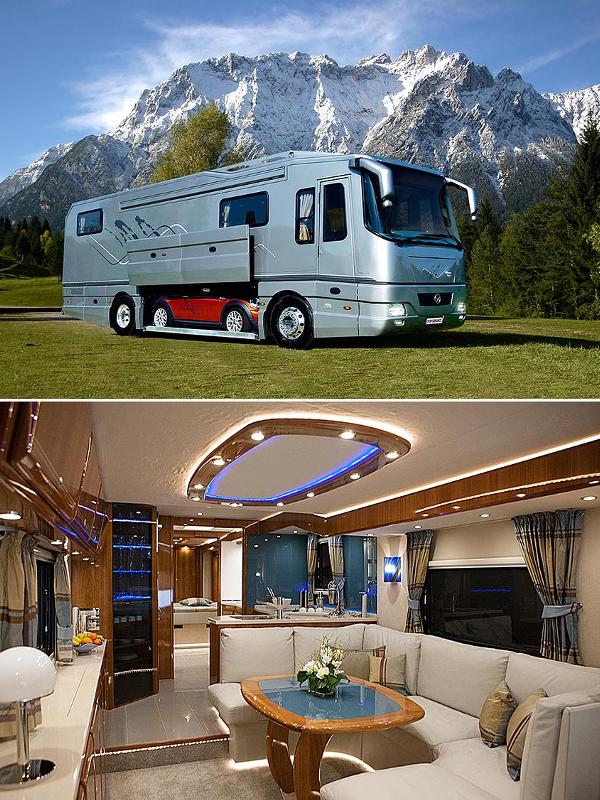
There are a few arguable tests to determine if you need new RV tires, and just about every tire center salesman has their own method that just happens to be in favor of selling you a full replacement set of RV tires.
Though there are a few objective things that tell you new RV tires are in your future. In the spring you need to do a close visual inspection.
After all, a few extra minutes of inspection in spring can spare you hours broken down on the side of the road in summer.
Signs that you need to replace your RV tires:
RV tire maintenance and replacement are an integral part of the cost of ownership.
Taking a few extra minutes to inspect your tires in the spring and before a long trip, will save you countless hours sitting at the side of the road with a flat.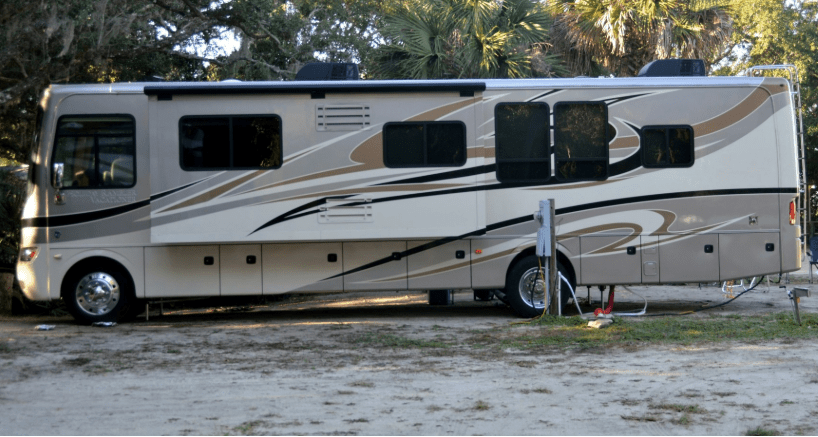
Of course, you’ll also need to factor in the cost of RV replacement tires in your budget.
While sales abound at certain times of the year, and prices can range by the manufacturer as well as size, there are a few ballpark costs you can use to save up over time.
The replacement tires for a Class A motorhome will likely cost you over $300 per tire. Whereas a Class B or Class C motorhome’s replacement tires might cost a little less.
Replacement tires for a fifth-wheel and travel trailer replacement tires can vary, but you should plan for it to cost at least $250 per tire.
Once you start dipping down into teardrop and pop up campers the cost to replace the tires starts to become more reasonable.
Smaller tires like these can cost as little as $75 per tire or as much as $150 for a high-quality RV replacement tire.
As you know, the patency of any car on roads with poor coverage directly depends on the selected rubber.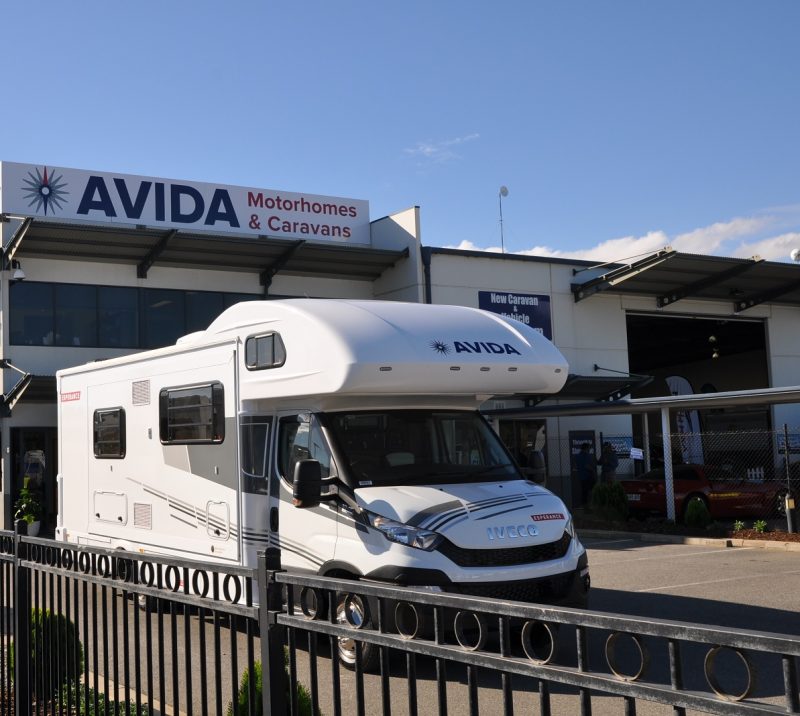 Busya got us in the middle of the winter of 2016, being shod in summer asphalt tires of a rather modest "native" size 235 / 55R17. With the onset of spring and the expansion of the horizons of new trips, the issue of choosing tires has become especially relevant.
Busya got us in the middle of the winter of 2016, being shod in summer asphalt tires of a rather modest "native" size 235 / 55R17. With the onset of spring and the expansion of the horizons of new trips, the issue of choosing tires has become especially relevant.
1. First of all, I decided to try to change her shoes to 16 "wheels. However, the attempt was unsuccessful. The thing is that we have a 180-horsepower two-liter turbodiesel, and in the configuration with it, the car is equipped with more powerful brakes, which exclude the possibility of installing smaller wheels (unlike the 140-horsepower version).Then it was necessary to determine the size of the tires, a thorough study of the bus drivers forum showed that 235/65 wheels fit on the Multivan without modifications, which, in terms of the inch size, is an honest 29"compared to the" regular "27".
2. Well, then everything turned out to be quite simple. The fact is that the choice of rubber in the indicated size, to put it mildly, was not at all "so hot", especially considering that I needed all-terrain AT tires, since it does not make much sense to put MT on this car: where you really need "hard" adhesion of a mud tire with, in fact, the dirt itself, I would most likely just feel sorry for killing our camper.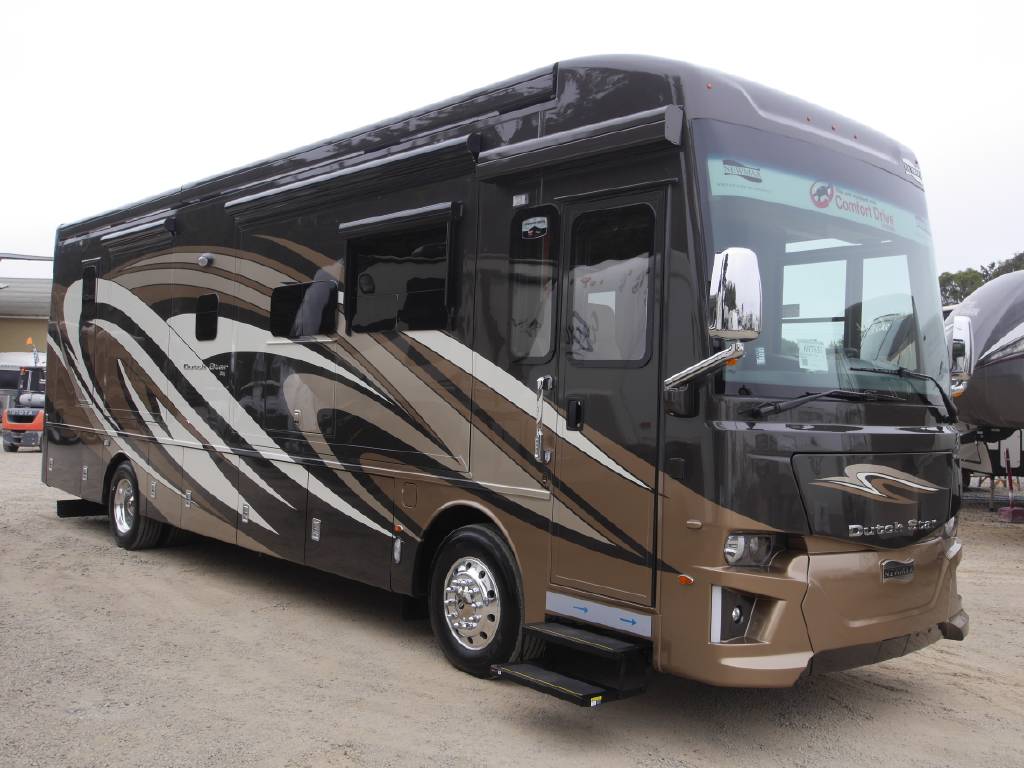 :) In the end, I settled on the Goodyear Wrangler AT/SA 235/65R17 as the version with the most "evil" tread pattern of all available on the market at that time.
:) In the end, I settled on the Goodyear Wrangler AT/SA 235/65R17 as the version with the most "evil" tread pattern of all available on the market at that time.
3. I bought 4 wheels, not five, for a simple reason: the spare tire simply did not fit in the standard niche under the trunk floor.
4. And almost the next day we set off on a new journey around Kalmykia in search of blooming tulips.
5. Rubber turned out to be very good. Quiet, durable, excellent road holding and hydroplaning resistant. On primers, it allowed to reduce pressure, which led both to an increase in the level of comfort in the cabin ...
6. ...And to increase the cross-country ability in the sands. The “weak” node here is the DSG-7 robotic gearbox, so we tried to drive through all the more or less ambush places on foot, having previously explored the trajectory on foot so that the load on the transmission was not so high.
Immediately I would like to say a few words about the "robot": from the pluses it has a very short first gear, which in the "asphalt" mode of operation it immediately switches to the second after starting: the first is needed literally in order to move the car from its place half wheel.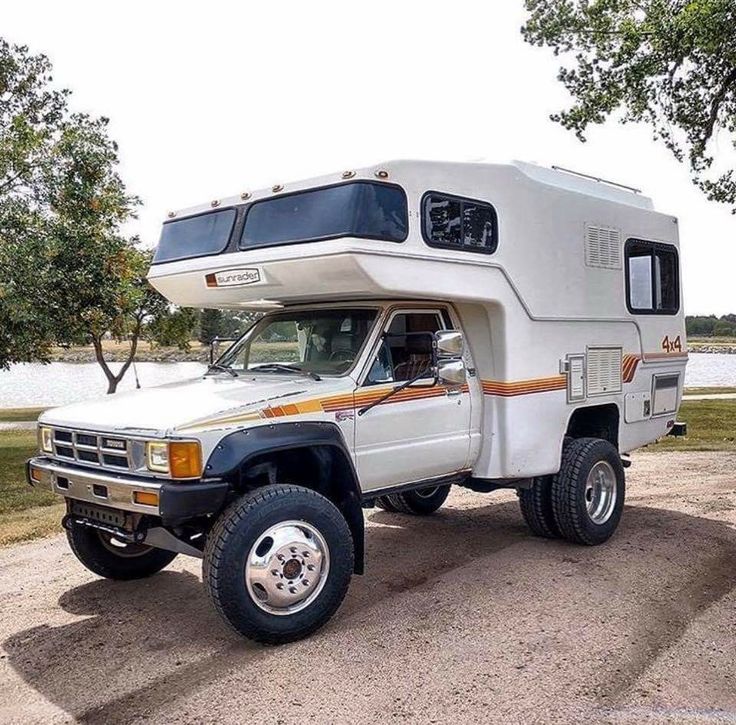 Therefore, in difficult places, I simply transfer the gearbox to manual control and slowly pass obstacles in first gear.
Therefore, in difficult places, I simply transfer the gearbox to manual control and slowly pass obstacles in first gear.
We can say that it partially compensates us for the lack of a low-range transfer case: something is better than nothing. And by the way, judging by the reviews of the owners of cars with a 6-speed manual transmission, the “mechanics” have a very gentle clutch that does not like slipping, and in such cases it is not always possible to move the car from its place so that there is no burning smell around. :(
7. Of the minuses - reverse gear: it feels rather closer to "second", so it can be problematic to slowly move back uphill or on sand / snow. You have to press the accelerator pedal almost to the floor, the engine spins up to 1500 -2000 rpm, and only after that the "robot" starts to "reluctantly" set fire to the clutch, transferring torque to the wheels. Such is the feature of the box, which must be taken into account.0005
8. But back to our tires.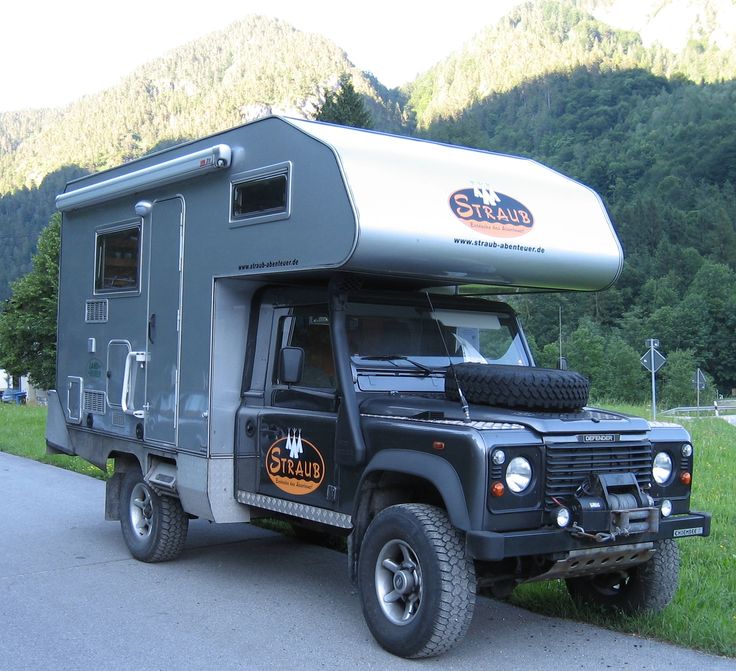 Passing the car on the road, where otherwise it was impossible to pass, I drove into the thorns, moreover, I managed to hang the car diagonally, actually balancing on two wheels. In general, on a deflated tire, I immediately successfully caught a side cut.
Passing the car on the road, where otherwise it was impossible to pass, I drove into the thorns, moreover, I managed to hang the car diagonally, actually balancing on two wheels. In general, on a deflated tire, I immediately successfully caught a side cut.
9. Since the primer actually consisted of sand, we didn’t even notice this moment: the car didn’t pull in any direction and it drove exactly as usual. The fact that we drove about 10 kilometers on a flat tire, I found out only when the asphalt was already very close, and I had to go out to pump up the wheels. :(
By the way, the tire puncture warning system (it constantly monitors the number of wheel revolutions using the ABS sensors, and if suddenly one wheel starts to rotate at a slower speed than the others, it displays a message on the dashboard screen) for some reason did not work. They seem to be moving at a slow pace. But when they put a smaller spare tire and rolled on the asphalt, I began to regularly swear at it, although at that time we were already aware of it.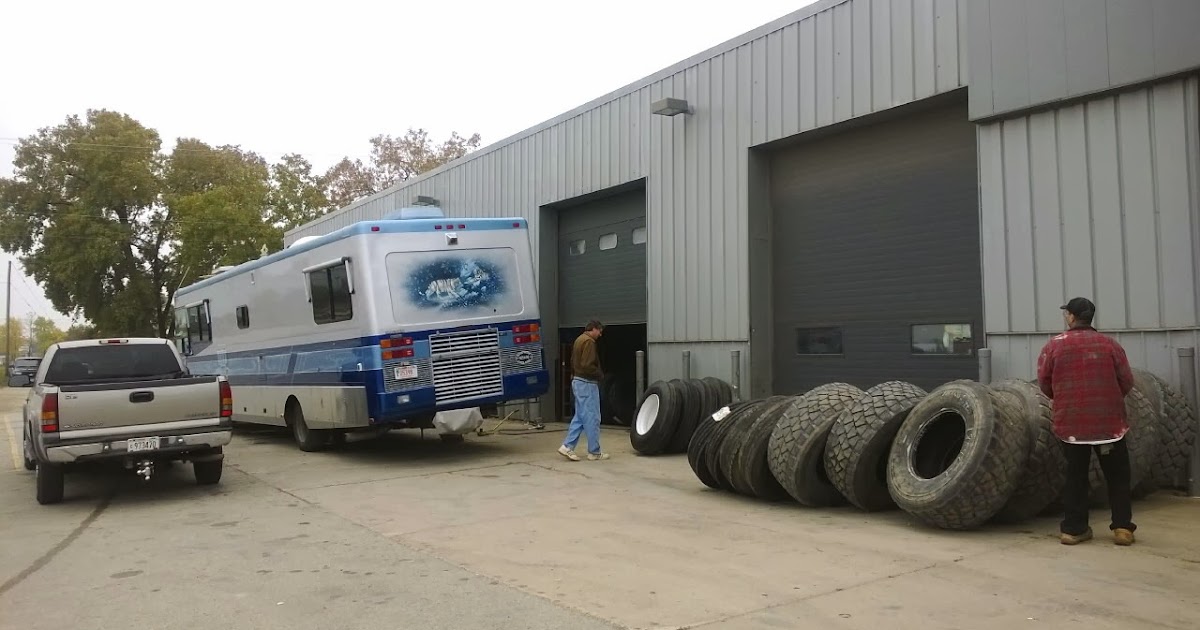 :)
:)
10. And, of course, it was very joyful to be in the steppe actually with a "roll-out", since it turned out that our profile rubber was not available in those parts - a rare size. At the tire fitting, the master put a patch with parting words " I xs how long it will last ".
11. Returning home after the trip, the first thing I bought was another tire to replace the punctured one. And then I accidentally noticed interesting information on the store's website:
I was especially interested in the last paragraph. For the sake of interest , I send a letter to the Goodyear representative office.So, they say, and so, like I just bought your premium, moved off the asphalt, and here it is, it's a shame, yes!
12. " Denis, good afternoon! It looks like your case is covered by the Premium Warranty. Please contact (store employee) and describe the problem. It will guide you through the next steps ".
" To accept a warranty case, please send a photo of the damaged tire:
1.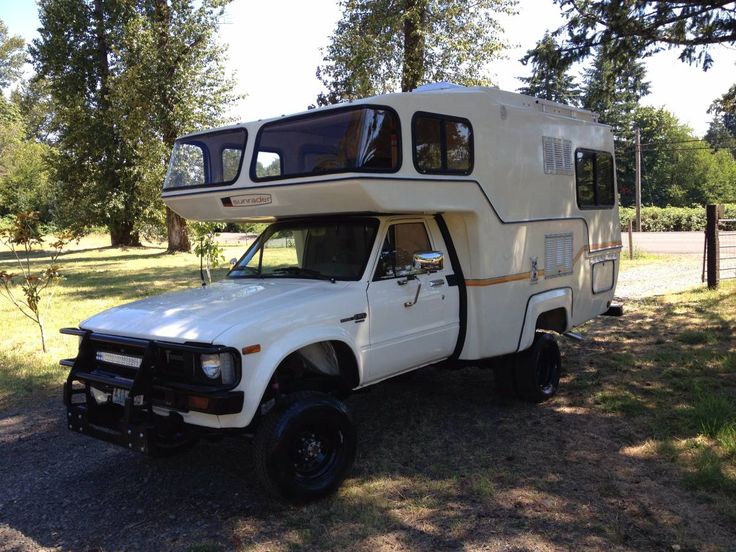 general view
general view
2. DOT code and production date
3. damage
4. size
This tire is available for order from the manufacturer. We expect delivery in early July ".
I'm sending photos, I'm waiting for a month.
You can come for a new tire from 10:00 to 19:00. You leave your old tire with us and pick up the new one. Tire service will be free ".
13. Hurrah! (Victory fanfares sound)
wheel to zero, then it still fits in its place under the trunk!After screwing the bracket back, I raise the pressure to about 0.7 atmospheres so that the rubber keeps its shape. 3 atmospheres, which is almost the maximum for these tires (there is a limiter of 3.2 atmospheres on the side.) Still, our car is quite heavy.0003
16. But on this rubber, it also became quite high. To the thresholds on the side - 31 centimeters (from the bottom to the protection of the tank, of course, it will be a little less, but in terms of damage, the thresholds are still more unpleasant, as practice has shown).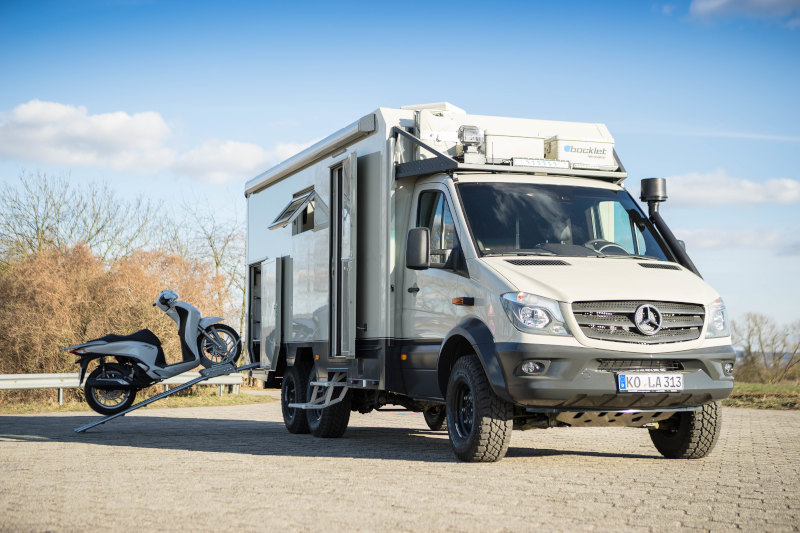
17. Well, the spare tire turned out to be the lowest point. On steep climbs, it is the first to "take a hit" intended for the rear overhang, and thereby partially protects the rear bumper (which is located another 10 centimeters higher) from damage, which is clearly seen from the bent bracket in the photo.
So far, something like this. But in general, for the last six months I’ve been thinking whether it’s worth switching to another size larger - 235 / 70R17, or still it’s not necessary. On the one hand, these are already serious for a 30" crossover, which is three inches more than the standard size of a Multivan.
Such wheels, as the catalog kindly suggests, are put on the LR Discovery. to do with a spare wheel: I suspect that this size will definitely not fit into a regular place.0003
In general, I can't understand - do I need it at all or not?
Tags: 2016, Busya, Sharing experience, Camper construction
On the eve of the winter season, the German magazine Promobil tested 7 models of winter tires for motorhomes.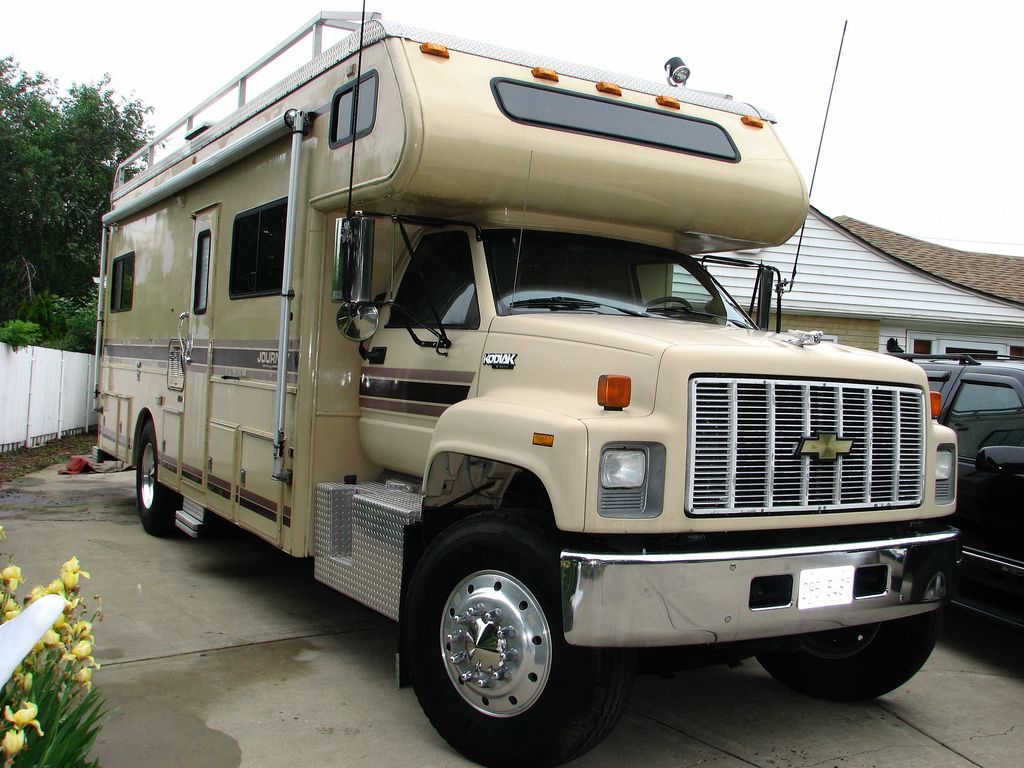 An example of a car was the Fiat Ducato.
An example of a car was the Fiat Ducato.
Overall rating: 8.8 (recommended)
Price (in Germany with VAT): 138 €.
+ Crack resistant, well balanced.
+ Excellent wet performance.
- Slight dynamic deficit on dry surfaces.
Overall rating: 7.9 (still recommendable)
Price: 87 €.
+ Excellent tire to recommend.
+ Good on snow and good grip.
+ Good cornering response on dry roads.
- Pretty early hydroplaning.
Overall rating: 7.9 (still recommendable)
Price: 144 €.
+ Provides safe driving on snow and safety on short braking distances.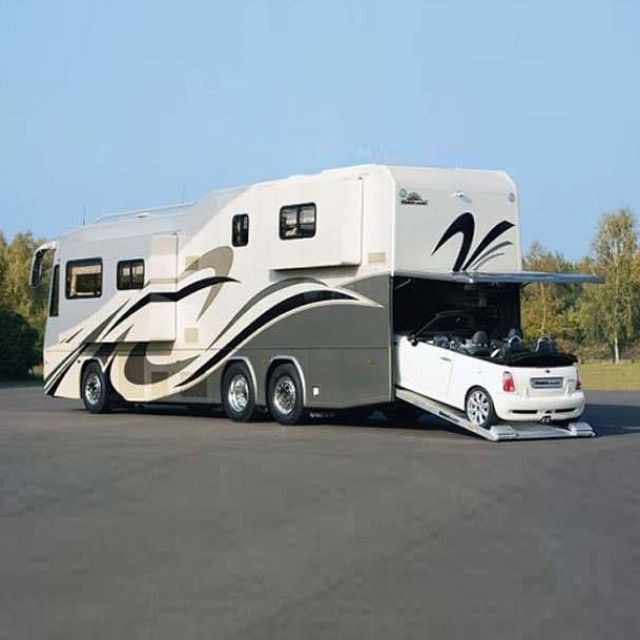
+ High degree of reliability.
- Behaved worse during long braking and cornering on dry roads.
- Early hydroplaning.
Overall rating: 7.9 (still recommendable)
Price: 122 €.
+ There are some weak points in the snow, but it handles well in the wet.
+ Good steering response even on dry roads.
- There are flaws in the snow.
Rating: 7.8 (still recommendable)
Price: 140€.
+ Overall pleasant driving experience.
+ High reliability when cornering in snow on wet roads and on dry pavement.
— Slightly increased the brake on snow.
- Previously hydroplaning.
Rating: 7.5 (still recommended)
Price: 98 €.
+ Greatly balanced and safe on wet and dry roads.
- Explicitly responds to load changes.
- Loses grip when cornering.
- Early hydroplaning.
- Not very comfortable driving.
Rating: 6.6 (conditionally recommended: rating significantly downgraded due to serious shortcomings in wet conditions)
Price: 119 €.
+ Good behavior on dry roads
— Despite outstanding performance on snow, it performs poorly on wet roads.
- Low comfort.

As a result of the comparison, we saw the strength of the Nokian WR C 3 with an average comfort score of 9.9 points. Together with Conti and Michelin, it provides the shortest braking distances.
Also in the traction measurement Nokian is in first place and shows the best cornering grip. Conti and Michelin also show high efficiency in motion and braking. Well balanced for winter Goodyear Ultragrip. These tires performed well in corners, but slipped a little at the start. The Vredestein and Maxxis performed poorly on snow, but performed well on wet and dry roads, which can get in the way even more often.
Good winter tires should be good on both dry and wet roads.
Snow and ice are not uncommon on the roads in winter, but good winter tires must be able to compete on dry and wet roads. To evaluate the performance of tires on wet roads, all tires must pass a specific test program.
It is important to compare grip, braking distances, hydroplaning sensitivity, the ability of the tires to keep the car on the artificially irrigated surface when turning.
What Nokian can do on snow, Conti Van-Contact Winter does on wet and dry roads with the shortest braking distance, excellent cornering performance and balanced comfort.
Although the Hanoverians are far from the Vredestein's outstanding aquaplaning qualities, the latter slap lightly under braking and should give Conti wet rating victory in this test.
We were very pleased with the performance in the wet of the GT Radial Maxmiler WT2, which performed well in the snow without any noticeable drawbacks.
Maxxis Vansmart Snow with some aquaplaning deficiencies and poor performance on snow - performed well in the rain. Michelin, Goodyear and especially Nokian, with long braking distances and poor hydroplaning protection, are far behind.
Short braking distances and high driving safety required.
Tires are tested on snow, wet and dry roads, which are increasingly common in winter. On dry pavement, we pay attention to the length of the braking distance, especially when the car is fully loaded.
During the test, the test vehicle was loaded like a fully equipped motorhome.
Fast lane change tests were carried out at a speed of about 120 km/h as if there was a sudden obstacle on the way. In this test, Vredestein performed best of all.
The overall results put Conti in first place, but some shortcomings on dry roads prevent this tire from being given a "highly recommended" rating.